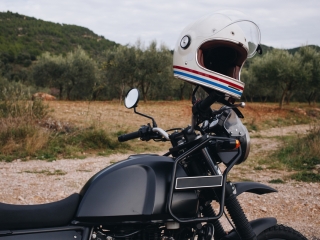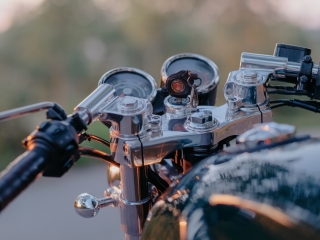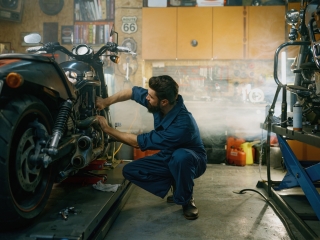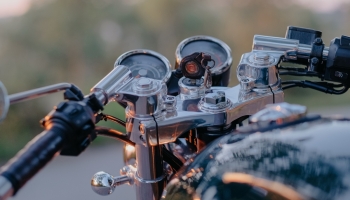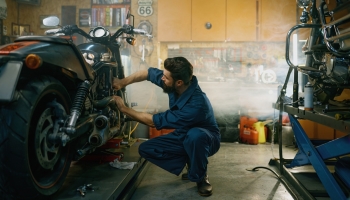Tips for riding a motorbike in bad weather
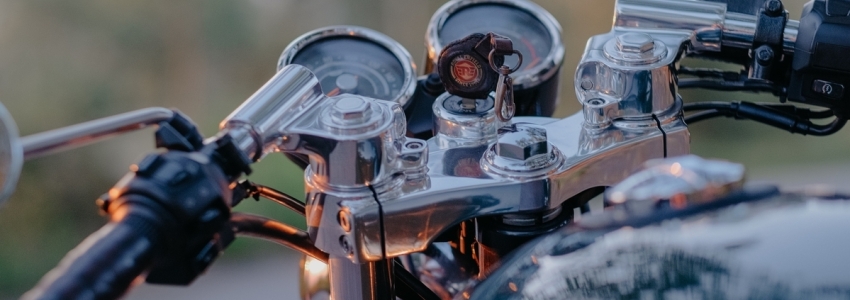
- ●The invisible enemies of the road
- ●The key:
- ●Equipment:
- ●heat up the same way.Before setting off, check tire pressures, lights, and fluid levels. During the ride, stay alert to how your bike reacts. Afterwards, dry it off, lubricate the chain, and give it the basic care it deserves.Riding in the rain is not for the brave
Riding a motorcycle in bad weather is not simply about “being more careful”. It completely transforms the way you ride. It changes your perception of the road and alters the bike's response. And most importantly, it reduces your margin for error almost to the point of disappearance.
Motorcycles are capable of creating a direct connection with the road. But when the rain starts to fall, the wind blows, and the cold seeps through your jacket, the road becomes a challenging environment for your safety. For this reason, knowing how to react is not optional, it’s survival.
The invisible enemies of the road
The real dangers are not always the ones you see at first glance. In the rain, an oil slick becomes an almost invisible slippery trap. Fallen leaves, when wet, are as dangerous as ice. Small streams crossing the road can cause you to lose grip in a matter of seconds. And cold, especially in your hands, slows your reflexes precisely when you need them the most.
The key:
In bad weather, sporty riding takes a back seat. Two main rules apply: smoothness and anticipation.
- Accelerate smoothly and calmly: Avoiding any jolts or abrupt maneuvers.
- Brake progressively: Focus on using the rear brake more to prevent the front wheel from losing grip.
- Take clean and rounded lines: Forget aggressive lean angles or sharp direction changes.
- Increase your safety distance: Double your following distance to enhance safety.
Equipment:
The difference between suffering through a ride or enjoying it, even in the rain, comes down to your gear. A poor rain suit turns any trip into torture, while good equipment keeps you dry and alert.
- Waterproof and thermal gloves: Not just for warmth but also to maintain grip and reflexes.
- High boots: To prevent water from entering and to keep your ankle stable.
- Well-ventilated helmets with anti-fog systems: To ensure clear visibility.
Do not cut corners here. Good gear is not a luxury; it’s a direct investment in control, safety, and riding pleasure.
heat up the same way.Before setting off, check tire pressures, lights, and fluid levels. During the ride, stay alert to how your bike reacts. Afterwards, dry it off, lubricate the chain, and give it the basic care it deserves.Riding in the rain is not for the brave
Riding in the rain is not about bravery, it’s about intelligence. Riding a motorcycle in challenging weather conditions is not reckless behavior, but rather a practice reserved for truly prepared motorcyclists. It belongs to those who understand that every corner, every brake, and every acceleration require a different approach and more precise riding.
It’s not about surrendering to difficulties, but about evolving into a more technical, refined, and aware rider. The reward is clear: bad weather will no longer be an obstacle, but an opportunity to improve as a rider.

